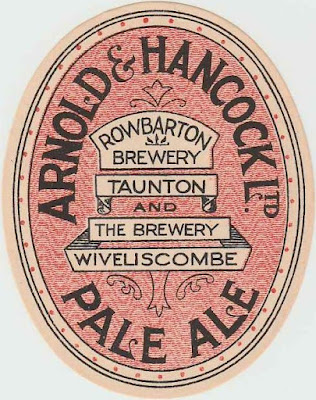The hopping rate per quarter (336 lbs) of malt is slightly lower – 6.3 lbs compared to 7 lbs – than X. If XXB is a Pale Ale, you’d expect it to be the other way around. On the other hand, it is dry hopped and the water treatment, with a large amount of gypsum, is the same as for another Pale Ale, BA. On balance, I’d call this as a Pale Ale.
None of the base malt was from English barley. Just over half was Chilean, the rest Ouchak (spelt Ushak in the brewing record), that is, Middle Eastern. Quite a contrast with X, which was all English. It’s unusual to see all foreign barley. Usually, at least some was English.
It’s rather strange to see No. 3 invert sugar in a Pale Ale. The result is a colour which is pretty dark for a Pale Ale. No. 2 invert is a more normal sugar to see in this type of beer.
A single type of hop – East Kent from the 1896 harvest – was used in the copper. I’m guessing that’s also what was used in the rather heavy dry hopping.
| 1897 Hancock XXB | ||
| pale malt | 8.25 lb | 84.62% |
| No. 2 invert sugar | 0.75 lb | 7.69% |
| No. 3 invert sugar | 0.75 lb | 7.69% |
| Goldings 120 mins | 1.25 oz | |
| Goldings 30 mins | 1.00 oz | |
| Goldings dry hops | 1.00 oz | |
| OG | 1046 | |
| FG | 1005.5 | |
| ABV | 5.36 | |
| Apparent attenuation | 88.04% | |
| IBU | 30 | |
| SRM | 10 | |
| Mash at | 155º F | |
| Sparge at | 175º F | |
| Boil time | 120 minutes | |
| pitching temp | 58º F | |
| Yeast | White Labs WLP099 Super High Gravity | |

Was "pale ale" usually light-coloured, though? I wasn't around in 1897, but if in the 70s someone had poured me a pale ale (from a bottle, of course), I'd have been surprised and puzzled if it was pale.
ReplyDeleteMy understanding is that Pale Ale referred to the use of Pale Malt as opposed to Brown Malt. So Black Pale Ale seemed to raise few eyebrows when it appeared in the 1870s.
Delete